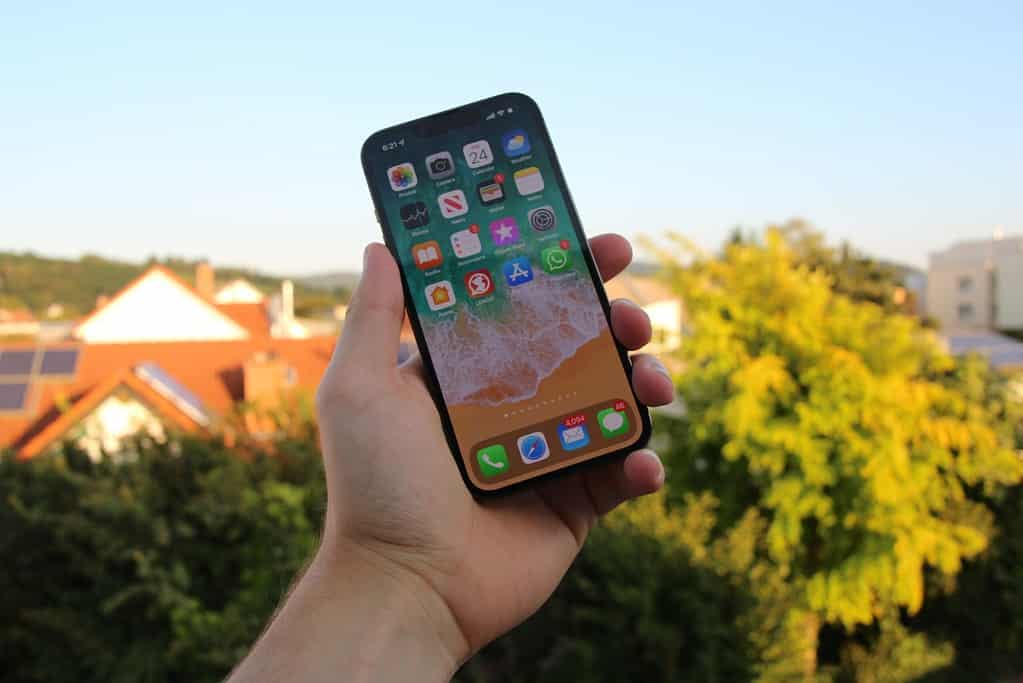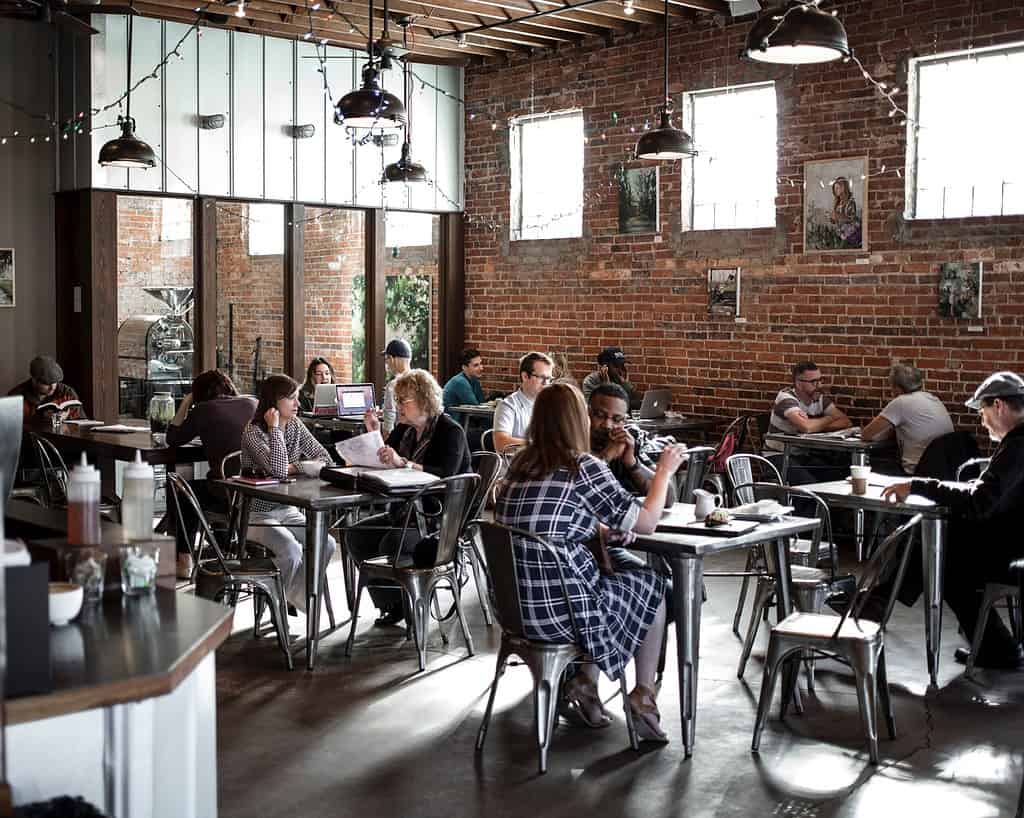Looking to boost your French skills while enjoying some cinematic flair? French films not only entertain but also immerse you in the rhythms, accents, and cultural nuances of the language. Whether you’re a beginner easing into simple conversations or an advanced speaker ready to tackle fast-paced dialogue, movies offer you a unique window into everyday language while keeping your learning journey exciting. Learn more about the benefits of innovative language practice at swaplang, where English speakers connect with native French speakers for authentic conversation.
Benefits of Using Films for Language Learning
Films capture the dynamic and unpredictable nature of real-life language. When you watch French movies, you experience how native speakers use intonation, humor, and slang naturally. This exposure to authentic dialogue is far more engaging than reading a textbook or listening to formal lectures. Experts on Linguavoyage point out that self-learners have benefited from cinema by internalizing language patterns, vocabulary, and cultural contexts, all of which are often missing from standard language courses. For many learners, movies become a treasured resource that not only entertains but also builds confidence for everyday conversations.
Beginner Level: French Films with Simple Dialogue
For beginners starting out with French, picking films with clear and simple dialogue is key. Look for family-friendly films or animated movies where the language is deliberate and the pace is slow. This approach allows you to pick up basic greetings, everyday expressions, and common vocabulary without feeling overwhelmed. For instance, you might enjoy watching charming comedies or adaptations of classic children’s literature that simplify conversation structures. The repetitive sentence structures and straightforward storyline make it easier to follow along and gradually build your confidence. While watching, don’t be afraid to pause and replay dialogue to ensure you catch every nuance.
Intermediate Level: Engaging French Movies with Moderate Dialogue
Once you’re comfortable with the basics, you can move on to films that incorporate a wider vocabulary and more complex sentence constructions. Intermediate films often involve richer storylines and a blend of formal and informal registers, offering a balanced challenge. Movies in this category provide context for cultural idioms and colloquial expressions without being too overwhelming. A detailed review on best French films for self-learners explains how films with moderate dialogue encourage learners to associate facial expressions and situational cues with spoken language, making it easier to grasp meaning and usage. This stage is perfect for linking cinematic storytelling with language fluency.

Advanced Level: Complex Films and Understanding Nuances
Advanced learners looking to push their skills further should challenge themselves with films that include fast-paced dialogue, layered meanings, and regional accents. These movies often require you to decipher slang, understand cultural references, and follow rapid exchanges among characters. Audiences at this level benefit from diving into auteur films or dramatic works where language shifts dynamically according to context. Films that portray everyday life in France or nuanced political debates can sharpen your listening skills and deepen your understanding of formal versus informal registers. According to a feature on cultural aspects of French films, these movies are invaluable for learners ready to decode idioms and quick-witted dialogues, elevating both vocabulary and conversational spontaneity.
Techniques for Using Subtitles in Language Studies
Subtitles are powerful tools in your journey to fluency. They provide a written entry point into the spoken word, letting you verify what you’ve heard while simultaneously expanding your vocabulary. Start by watching films with French subtitles rather than your native language. This method forces your brain to link the sounds with written words, effectively bridging the gap between hearing and speaking. As your skills grow, alternate between watching without subtitles and with them, testing your comprehension and reinforcing your retention. Some learners prefer pausing the film to jot down unfamiliar words or phrases and look them up, which helps solidify new vocabulary in context. Experimenting with both approaches can dramatically speed up the transition from passive recognition to active conversation.
Online Platforms to Stream French Movies
In today’s digital age, finding French films online has never been easier. Numerous streaming platforms offer a variety of French cinema genres, from classic art films to contemporary blockbusters. When selecting a movie, check if the platform provides options to toggle subtitles in French. Services like Netflix, Amazon Prime, or specialized platforms dedicated to French films ensure that you always have a selection that matches your learning level. Moreover, integrating your cinema sessions with conversational practice can significantly boost your language skills. Sites such as swaplang not only offer opportunities to experience French as it’s spoken but also connect you with native speakers for one-to-one chats after your viewing sessions. For a more holistic approach, consider supplementing your movie nights with resources like tips on mastering French greetings or even exploring podcasts that dive into French culture and language nuances.
Films offer an entertaining pathway to mastering spoken French, blending cultural insight with everyday language practice. Whether you’re reveling in lighthearted comedies or deep, thought-provoking dramas, each film is a small step toward fluency. Ready to make your French learning journey more dynamic? Sign up at swaplang and connect with native French speakers today for a personalized language exchange session that complements your cinematic adventures.

















